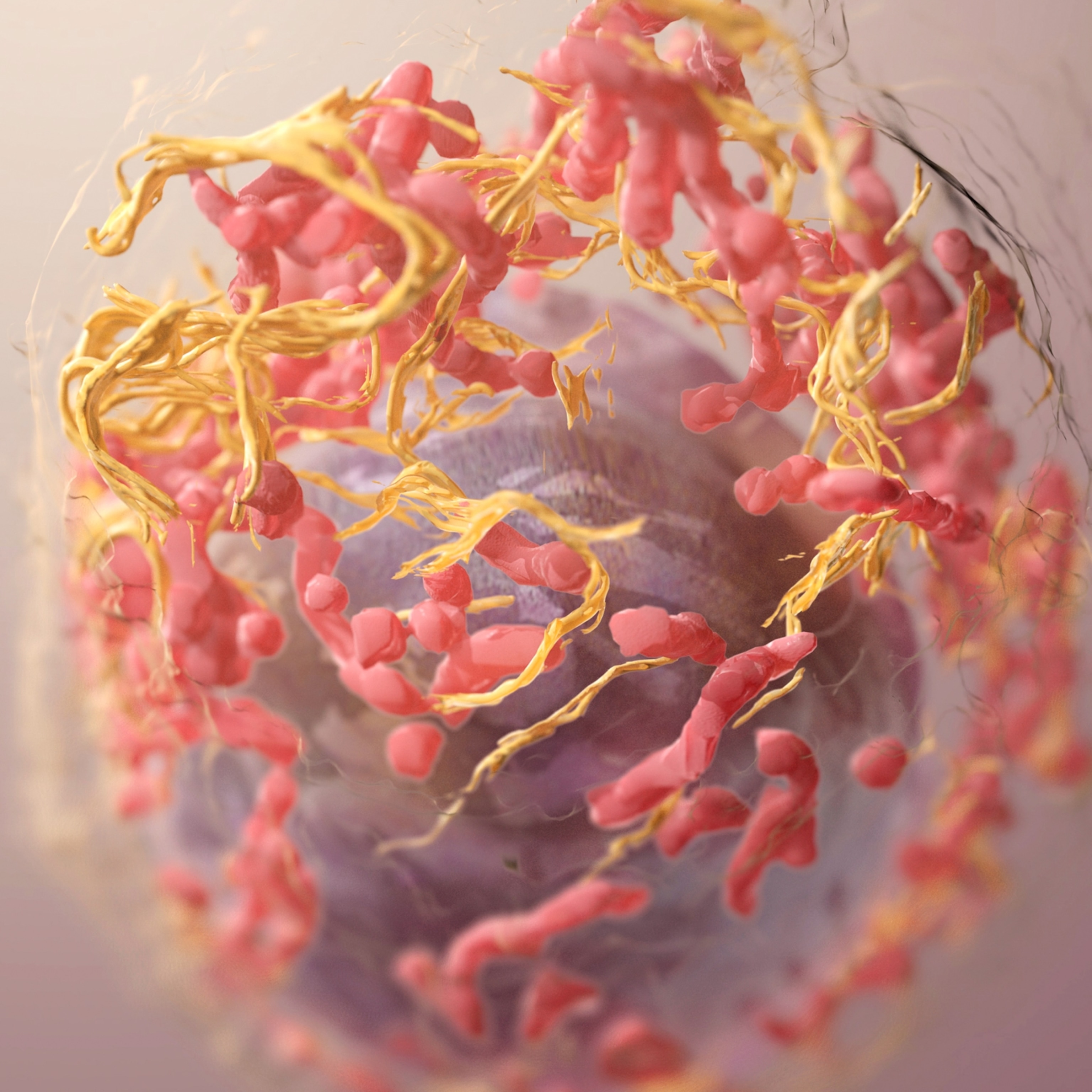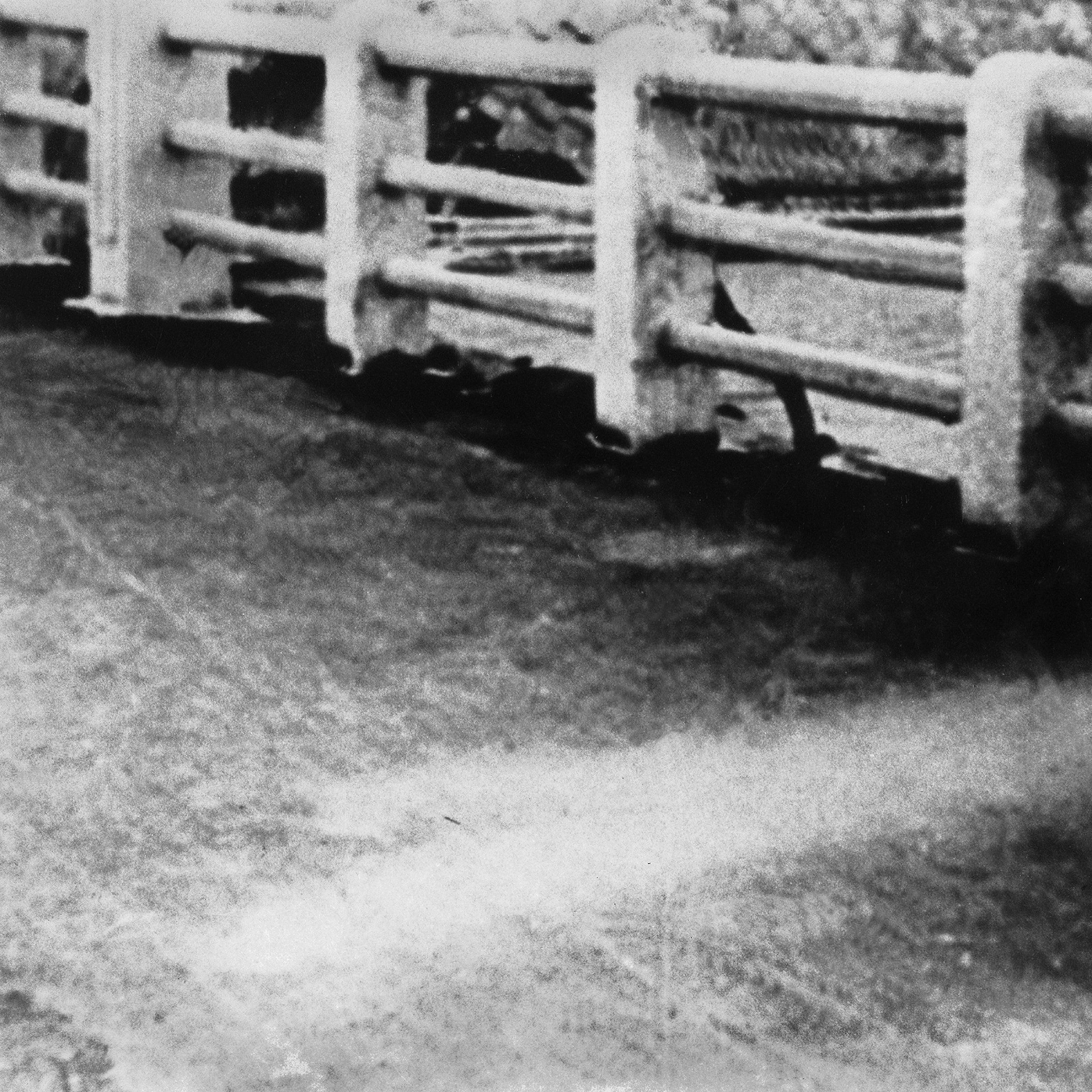This pill could protect us from radiation after a nuclear meltdown
Clinical trials have begun on a promising drug designed to remove radioactive particles from the body. Here’s how it works.

When Russian forces occupied Zaporizhzhia Nuclear Power Plant (ZNPP) in Ukraine more than a year ago, each side accused the other of recklessness and sabotage that could damage the plant, sparking a nuclear accident. Now, after three decades of research and development, scientists are testing a pill that could help remove radioactive particles from the bodies of exposed victims if such an incident occurs.
The threat of nuclear contamination—through war or an accident at a nuclear power plant—has always loomed large in the public imagination. The infamous reactor meltdown at the Chernobyl Nuclear Power Plant in 1986 led to 28 deaths from acute radiation poisoning, 350,000 evacuations, and thousands of cases of thyroid cancer. And while the worst nuclear accident in the United States (Three Mile Island in Pennsylvania) didn’t cause a similar uptick in cancer, the safety of the country’s 53 nuclear power plants remains an ongoing concern—particularly after the terrorist attacks on 9/11.
Soon thereafter there was a large effort by the U.S. government to fund research to develop new medical countermeasures against nuclear threats, says Rebecca Abergel, an inorganic chemist with joint appointments at the University of California, Berkeley and Lawrence Berkeley National Laboratory (LBNL). Now, Abergel and her collaborators at SRI International, a research institute in California, have begun clinical trials for a promising drug that emerged from that effort—HOPO 14-1—which works on radioactive contaminants like uranium and plutonium.
The Phase 1 trials will test HOPO 14-1’s safety in a small population of healthy human subjects.
The different forms of radiation
We’re all exposed to ionizing radiation—a general term for radiation capable of stripping electrons from atoms and molecules—because the entire universe is bathed in it.
When an unstable atom decays, energy is released via radiation. That radiation can come in several flavors—each with its own characteristics. Gamma rays, for example, are electromagnetic waves that can penetrate deep into the body and are often used in medical contexts like imaging or cancer therapy. Alpha radiation, on the other hand, comes from energetic, positively charged particles ejected from an atom’s nucleus. Our skin can stop these particles in their tracks, but when substances that emit alpha radiation—like plutonium—enter our bodies, they continuously irradiate the surrounding tissue, seep into our bones and destroy the immune cells in the bone marrow, putting us at risk for infection, cancer, and death.
Dirty bombs, for example, disperse radioactive material (like cesium or uranium) that we could inhale or that could infiltrate penetrating wounds, while nuclear reactor meltdowns can contaminate the water and air with radioactive iodine and cesium.
How much radiation harms us, however, depends on dose and exposure time. A medical computerized tomography (CT) scan clocks in at about 10 mSv of exposure, while people who work regularly with radiation must fall within a safety limit of 50 mSv per year. A 4,000 mSv blast of ionizing radiation in a single exposure is often fatal, breaking bonds in our DNA and causing widespread organ failure.
But the route of delivery matters. We can dodge or shield ourselves from external sources of radiation like X-ray machines. Internal contamination, however, must be removed to arrest its harmful effects.
Treatments for radiation poisoning
For decades, if you had radiation poisoning, your options were limited. Poisoning via actinides—the radioactive, rare-earth metals often used in atomic weapons and nuclear power plants—could only be treated with a chemical called diethylenetriamine pentaacetate (DPTA), for example. Approved by the FDA in the 1960s, DPTA is a chelator—molecules that grab toxic metals and shuttle them to the kidneys, where they exit the body in the urine.
But DPTA came with serious caveats. It works on just three actinides: plutonium, americium, and curium. And the compound had to be administered quickly; within 24 hours after exposure or the drug would become much less effective as radioactive contaminants lodged in the body’s tissues and organs. Moreover, DPTA had to be administered intravenously by a medical professional, making it impractical to deploy in mass-casualty scenarios. But more troubling is DPTA’s tendency to also snap up essential minerals that our bodies need—like calcium and zinc.
“You can do a lot of damage to the mineral balance in your body with prolonged use,” says Julian Rees, a co-founder of HOPO Therapeutics, a company investigating commercial applications of HOPO 14-1, and a former postdoc under Abergel at LBNL.
Inspired by microscopic chemists
To build a better chelator for these radioactive substances, scientists looked to nature—specifically, bacteria and how they transport iron.
Iron is an essential nutrient for many organisms. And so, bacteria have evolved exquisitely specific chelators to capture it. “During an invasion of a host system, bacteria send out molecules called siderophores—which sequester the iron, form very stable complexes with it, and bring it back to the bacterial cell,” says Abergel, who is also a co-founder at HOPO Therapeutics.
Inspired by these microbial chemists and using the chemical similarities between iron and heavy metals, Kenneth Raymond and Patricia Durbin—Abergel’s graduate advisors at UC Berkeley—started designing chelators for heavy metals three decades ago.
HOPO 14-1, the drug currently in clinical trials, emerged as a leading candidate—with an affinity for uranium, neptunium, plutonium, americium, and curium. Some of these metals are large, so you want a chelator “to be able to fully wrap around it,” says Abergel. With four molecular “claws,” and two binding sites per claw, HOPO 14-1 can grab a target radioactive metal in eight locations, securing it tightly, and send it to the bowel for elimination in the feces.
At the same time, the drug doesn’t seem to capture calcium or other physiologically important molecules, making it less toxic than DPTA. Even at 100 times a normal HOPO 14-1 dose, human cells cultured in a dish continue to function and appear normal.
Unlike DPTA, it remains effective when given up to 48 hours before or seven days after radiation exposure. Extending this window is important because often “after industrial accidents, there may be some time before we reach patients,” says David Cassatt, a radiation biologist with the Radiation and Nuclear Countermeasures Program at the National Institute of Allergy and Infectious Diseases (NIAID) in Maryland.
But Sascha Goonewardena, a cardiologist at the University of Michigan and physician-investigator for the Phase I clinical trial, is perhaps most excited that HOPO 14-1 comes in pill form. “It’s an easier and more practical solution than other things that are out there right now,” Goodnewardena says. Pills could be air-dropped into contaminated areas, for example, so that people could self-administer the drug without needlessly exposing first responders to radiation.
Abergel notes, however, that HOPO 14-1 wouldn’t be able to treat victims of a nuclear detonation like Hiroshima, who would be subjected to external irradiation. But it would still be useful for those far enough away to avoid the initial blast yet are within the radius of radioactive fallout.
A pill for radioactive and other toxic metals
“It’s very gratifying” to be at the stage of clinical testing, says Polly Chang, a radiation biologist at SRI International and Abergel’s frequent collaborator. But the prep work to reach this point spans decades and institutions ranging from university labs to non-profit research institutes to government-funded agencies.
HOPO 14-1 is a critical piece of the nuclear puzzle, but it’s one of several strategies that the NIAID funds, says Andrea DiCarlo-Cohen, the director of the Radiation and Nuclear Countermeasures Program at NIAID. “What we as a program are concerned with doing is enhancing the U.S. government's medical preparedness” in the event of a radiation accident or attack.
Meanwhile, Rees and Abergel are cataloging other uses for HOPO 14-1 such as a chelator for non-radioactive, but nonetheless toxic, metals like lead and cadmium. With a third of the world’s children impacted by lead poisoning, Rees sees the problem as “a huge unmet need.”
Removing gadolinium, an ingredient of the contrast dye used in MRIs, is another potential application of HOPO 14-1. Once thought to be harmless, researchers have since discovered that gadolinium can live on in the bones, brain, and other organs—potentially causing aches, memory loss, and other chronic complaints. When given right before or right after an MRI, HOPO 14-1 might prevent up to 96 percent of the gadolinium from depositing in the organs, tests in mice suggest.
According to DiCarlo-Cohen, it’s these more quotidian uses for HOPO 14-1 that will ensure the U.S. has sufficient stockpiles in place when they’re needed. If gadolinium removal becomes common clinical practice, for instance, then hospitals would have HOPO 14-1 on hand and available (just in case).
For Ryan Marino, an ER physician and medical toxicologist at University Hospitals Cleveland Medical Center, HOPO 14-1’s arrival on the market can’t come soon enough.
“One of the concerns I’ve had is that there aren't always treatments available, or they might be difficult to obtain,” says Marino, who was not involved in the research on HOPO 14-1. “So this molecule could be a game changer.”








